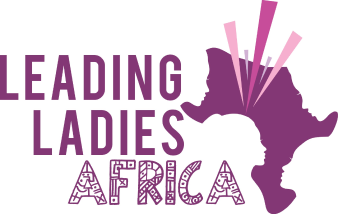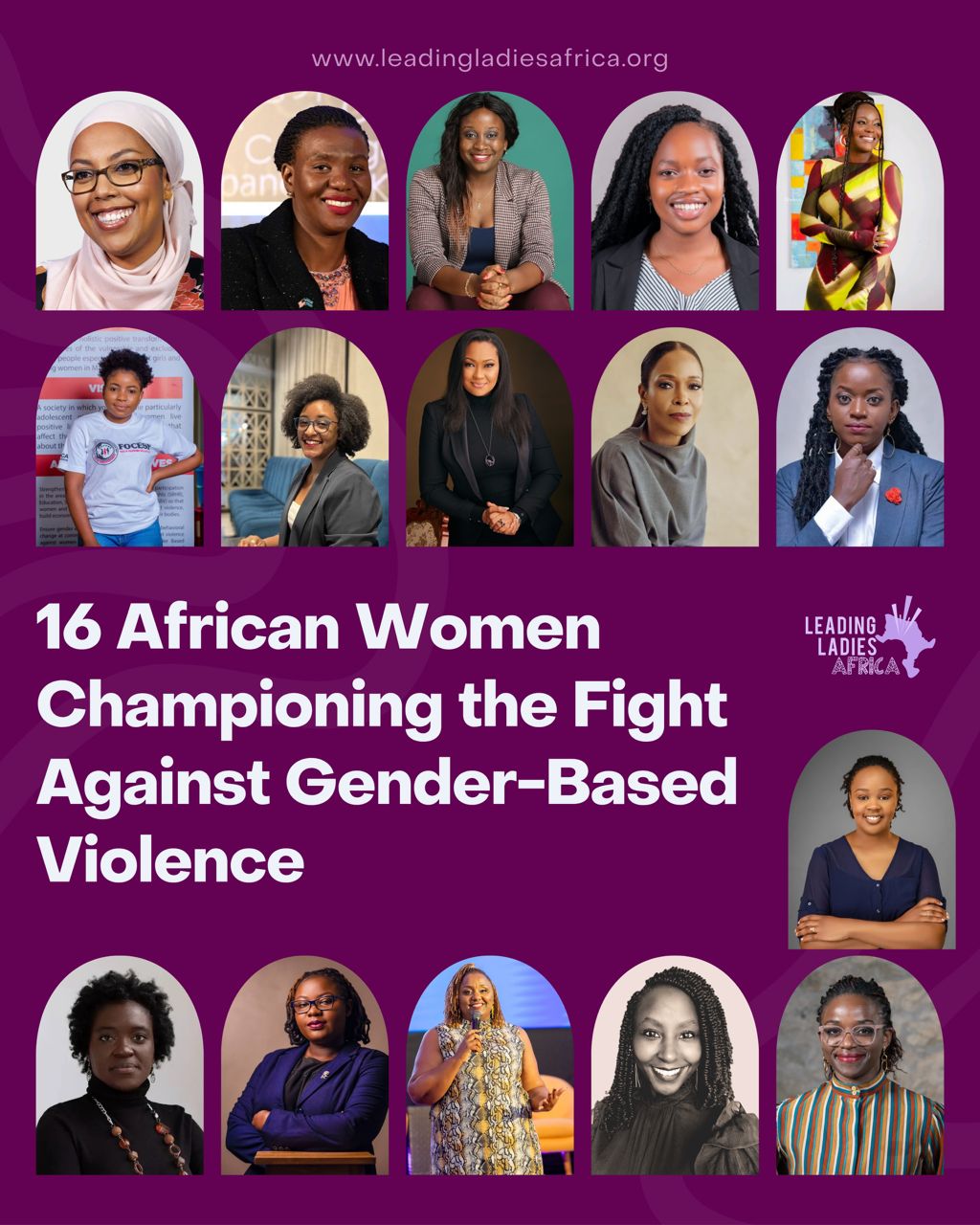What you need to know
- Proactive steps must be taken to address online violence agains
This article was written by Tricia Gloria Nabaye, the Advocacy and Engagement Lead at Policy

As the world unites to commemorate the 16 days of activism against gender-based violence (GBV) targeting women and girls, an alarming trend demands our attention–the escalating prevalence of tech-facilitated violence. This not only jeopardises women’s online participation but also carries tangible consequences in the physical realm.
The Institute of Development Studies reports that between 16 to 58 percent of women have faced technology-facilitated GBV, with 38 percent experiencing personal online violence and 85 percent witnessing digital attacks against other women.
Tech-facilitated gender-based violence encompasses cyberbullying, doxxing, and revenge porn, underscoring the urgent need to recognise these virtual actions’ far-reaching real-world implications.
A study by Policy, a feminist civic tech organisation based in Uganda, reveals a stark reality-one in three women in the country has fallen victim to online violence.

Shockingly, 66 percent resorted to blocking perpetrators, while 14.5 percent deactivated their social media accounts to escape abuse. Sexual harassment, offensive name-calling, and stalking emerged as the most common manifestations of online violence, leading to self-censorship and withdrawal from online spaces.
The undeniable link between online violence and women’s safety in public spaces necessitates immediate action. Online harassment can manifest as physical threats, limiting freedom of movement and participation in the physical public sphere.
In the face of the surge in gender-based violence on online platforms in Uganda, now is the critical moment to protect individuals, provide resources for survivors, hold perpetrators accountable, and work to prevent and eradicate gender-based violence worldwide. Addressing the pervasive and persistent issue of tech-facilitated GBV requires a concerted effort, putting all our resources behind it.

Political leaders must play a pivotal role in fostering safe public spaces. Collaboration between local authorities, law enforcement, and organisations dedicated to tackling GBV is essential in ensuring that beyond legislation, there are consequences to online abuse that women and girls continue to face. We must provide sterner punishments for perpetrators of online gender-based violence.
Also, engaging with tech companies to scale solutions is a critical solution needed in addressing tech-facilitated gender-based violence; tech giants like X (formerly Twitter) must be brought into the fold to share knowledge and develop strategies for protecting online users and penalising perpetrators, given their extensive reach.
Empowering grassroots women to navigate the digital world safely is a crucial and multifaceted endeavour. This involves implementing comprehensive strategies to enhance their digital literacy and ensure a secure online experience. Such training recognises the importance of bridging the digital divide and equipping women at the grassroots level with the skills needed to navigate the digital landscape safely.

The synergy between femtechs (female technology) and data is a transformative force in the realm of women’s safety in public spaces. By harnessing the power of innovative technologies, leveraging user-generated data, and advocating for policy changes informed by evidence, this partnership holds the potential to create safer, more inclusive environments for women worldwide, and in the end, these solutions can contribute to creating environments where women feel secure, empowered, and supported in their daily lives.
However, this is not solely a local issue; it is a global challenge. Online violence against women is pervasive worldwide, emphasising the imperative for international collaboration to address it effectively.
Sharing best practices is essential to address technology-facilitated GBV, recognising that as technology evolves, our response requires nuance to amplify positive impacts and mitigate negative ones. In conclusion, proactive steps must be taken to address online violence against women and prioritise safety for all.
This article was written by Tricia Gloria Nabaye and the original article can be found here on Monitor


